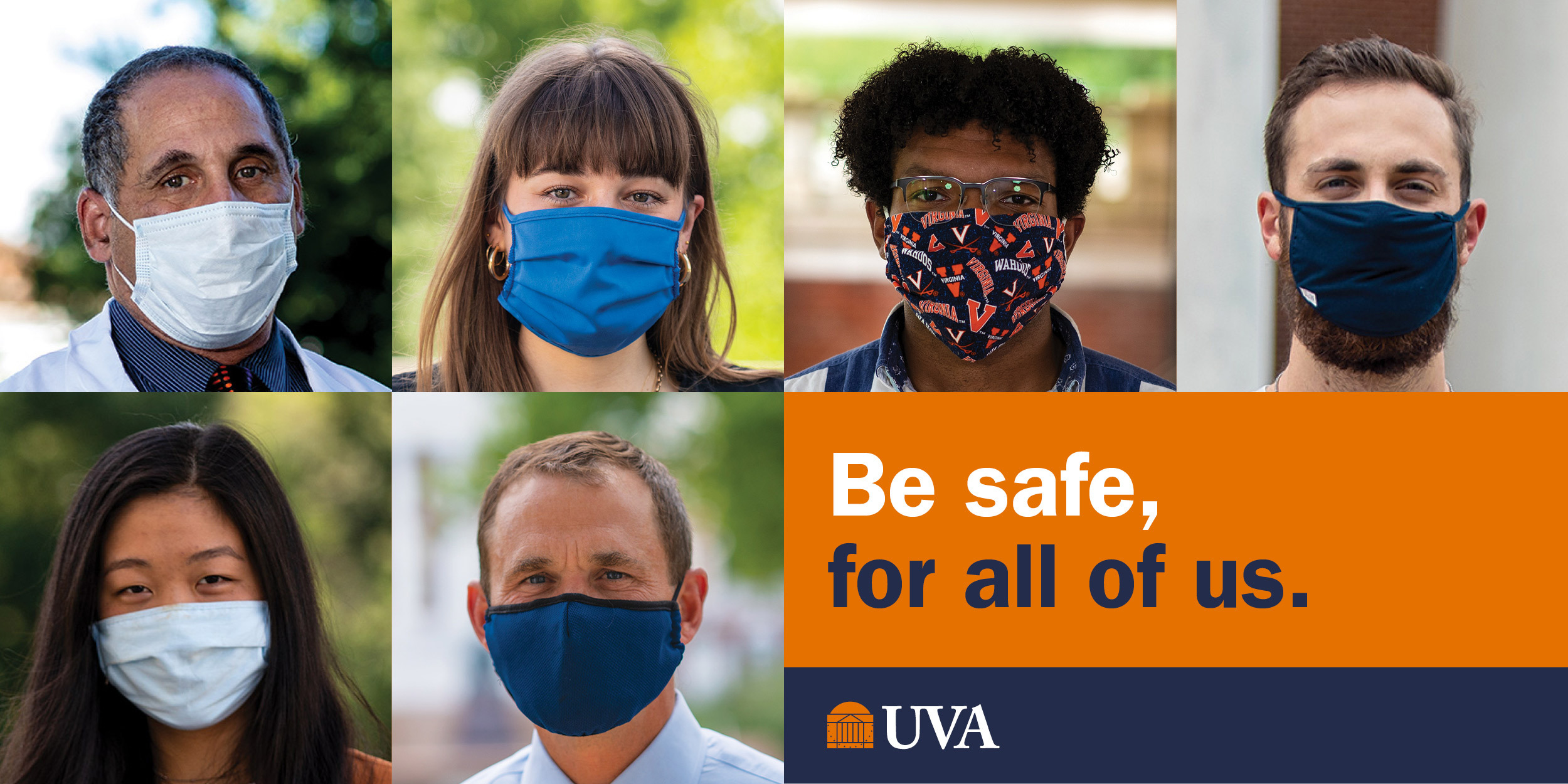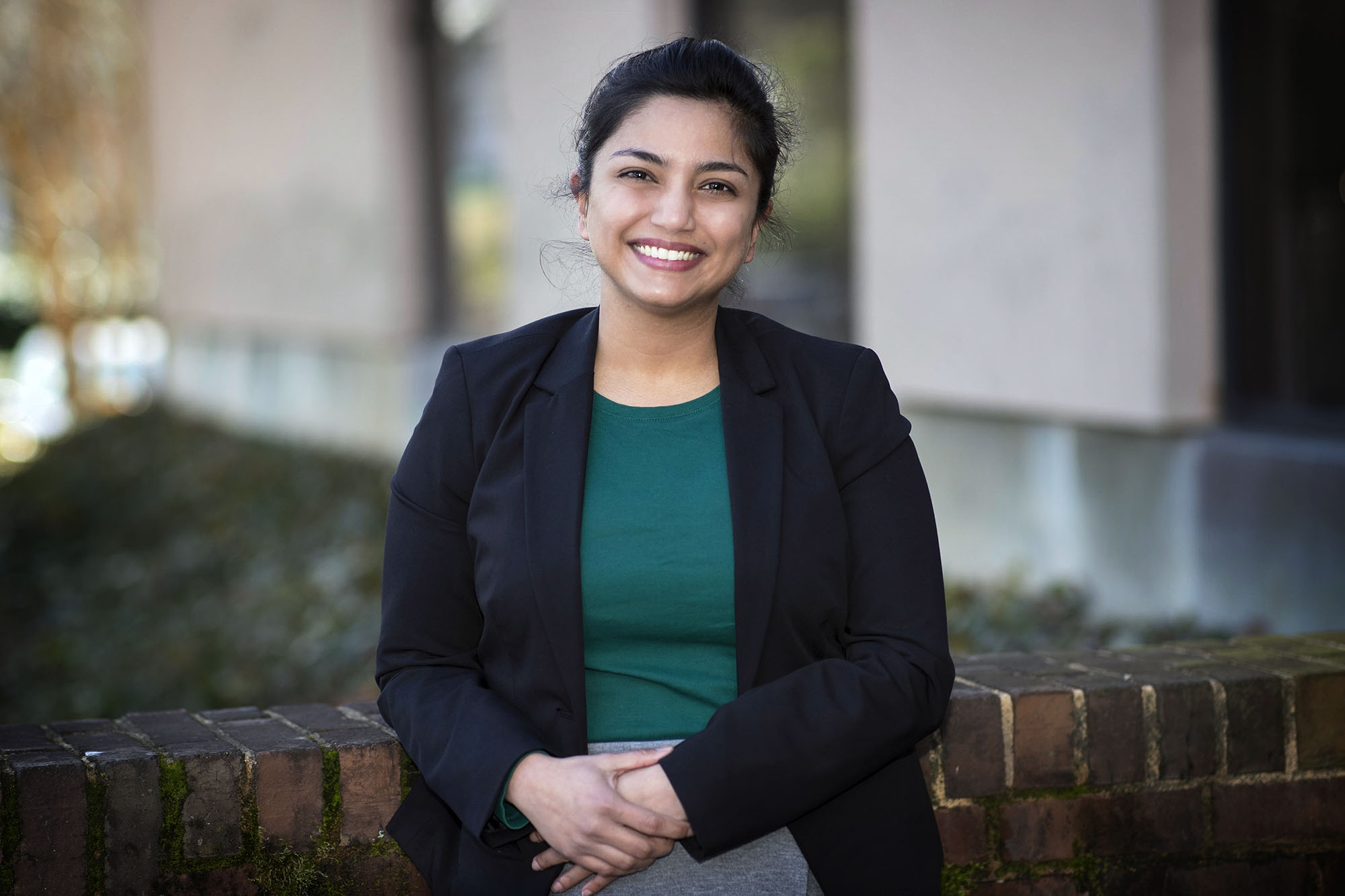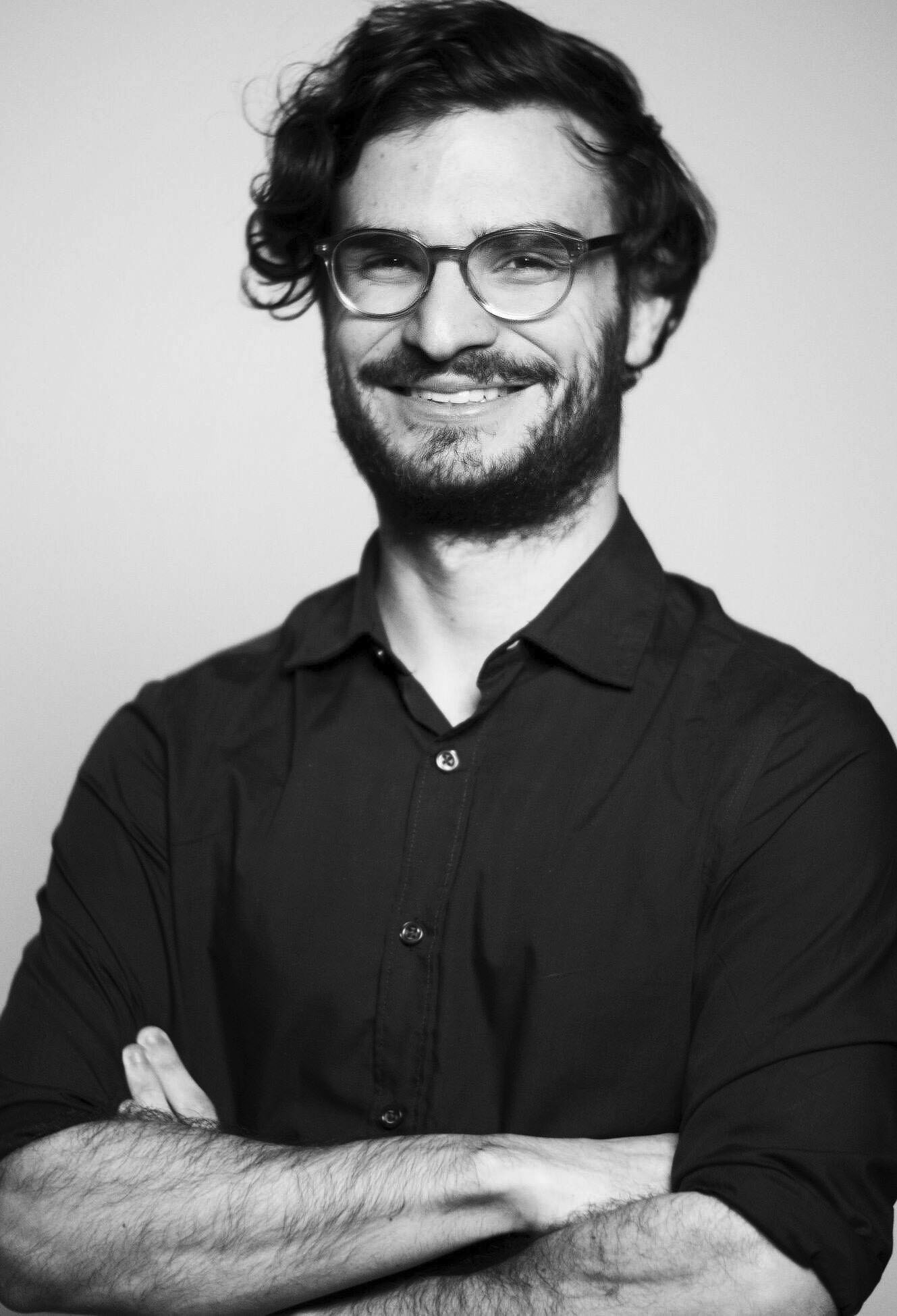When historians look back on 2020, the coronavirus pandemic figures to be the highlighted global event.
But right there with it will be the series of occurrences pertaining to policing that led to deeper discussions – and change – in the United States.
It was with this in mind that Blake Rumuly and Shonel Sen, researchers at the University of Virginia’s Weldon Cooper Center for Public Service, wanted to take a deeper dive into crime and police data within Virginia so that they could better understand trends across different jurisdictions.
In an effort to contextualize the data, the duo, in their just-completed research, focused on population size, density, urban-rural differences and the types of crime.
UVA Today caught up with Rumuly and Sen to learn more.

Q. Why were you so interested in this topic? What intrigued you most?
Shonel Sen: Having spent some time last year exploring national crime statistics, I was interested in examining the locality-specific trends for Virginia. Plus, the recent conversations on criminal justice reform and greater police accountability aimed at finding a balance between punitive and restorative justice made me curious about the distribution of law enforcement in the state.
Crime rates vary over space and time and depend on a wide range of factors, so by framing the crime and policing data within a demographic backdrop, we hoped to find more context and clarity.
Blake Rumuly: I’m a recent transplant in Virginia. I’ve lived in a few different cities in other states and wanted to dig deeper into my new home. With the [Black Lives Matter] movement, and discussion around police brutality that seemed to hit another spike this year, policing is relevant both to understanding where I live, as well as a relevant and important topic to cover for readers.
Q. How did population size factor into your research, since you have to figure places with more people are going to experience more crime, right?
SS: Yes, typically areas with larger populations are often more likely to experience a higher volume of crime, but given the variability in population size across Virginia’s cities and counties, a more standardized indicator, such as the crime rate per 100,000 people, serves us better. This helps to even out the playing field between urban and rural areas, and allows a fairer comparison.

Sen says Virginia has experienced a steady decline in property crime rates over the last decade. (Photo by Dan Addison, University Communications)
Judging just by number of crimes, we find that the top 10 localities are all high-density population centers of larger metro areas (such as Fairfax County, Virginia Beach or Chesterfield County), whereas if we rank the top 10 localities with the highest crime rates, then the list changes to smaller independent cities such as Roanoke, Portsmouth, Galax and Colonial Heights.
Q. In looking at major crime rates over the last decade, how does Virginia compare to other states?
SS: Compared to other states or counties across the U.S., Virginia and its 133 localities are certainly not outliers, with respect to both violent and property crimes. Data from the FBI Uniform Crime Reporting program shows that crime rates in Virginia have moved in tandem with the national trend, all the while remaining consistently lower than the U.S. average.
For the last decade, Virginia experienced a steady decline in property crime rates (1,665.8 per 100,000 property crimes being recorded in 2018, compared to the national rate of 2,199.5). The rate of violent crimes in Virginia declined until 2012, plateaued for a couple of years, and after an uptick in 2016, fell again (2018 rate of 200 per 100,000, lower than 380.6 per 100,000 for the U.S.).
Q. Unfortunately, it looks like hate crimes within the state have been on the rise. Can you tell us a little more about those findings?
BR: Hate crimes are a difficult topic to tackle due to lack of reliable data, as hundreds of thousands of cases do not get reported annually, according to the [Department of Justice]. Further, hate crime reporting fluctuates based on the political climate, and the legal definitions used, which can change over time.

A recent transplant, Rumuly wanted to dig deeper into crime and police data within his new home state. (Contributed photo)
For the last few years in Virginia, 202 hate crimes were reported in 2017, and while the number dropped to 161 in 2018, it rose again to 185 in 2019, an uptick of 15%.
Hate crimes based on sexual orientation saw the biggest increase last year, followed by racially biased hate crimes. In the same time period, we found that anti-Hispanic or Latino hate crimes increased, while hate crimes against a person with a disability declined.
Q. Part of your project also looked at police presence across the state. In terms of the distribution of law enforcement officers across localities, what was your main takeaway?
SS: The motivation behind this part of the analysis came from the widespread discussions on over-policing, and our attempts at understanding if this refers to greater number of police officers, or higher density of cops, or perhaps stricter enforcement by officials.
The main takeaway is that while we have one sworn, full-time, law enforcement officer for every 440 people overall (as per the Virginia State Police 2019 report), their distribution across the state is far from uniform. Officers may belong to a broad range of agencies, such as the city/county local police force, State Police, or college/university security divisions, plus jurisdictions may frequently overlap. Also we realized, Virginia’s diversity with respect to population size and geography across localities plays a huge role in this uneven distribution.
Initially, it seemed surprising that nine out of the top 10 localities with high police-to-population ratios are actually rural or non-metro areas, but taking into account Virginia’s topography and density makes this more plausible. Some sparsely inhabited counties like Bath and Highland counties have a smaller population spread across a larger territory, so the corresponding number of officers required to serve the citizens may seem larger in proportion, but be a practical necessity to meet local needs in a timely manner. On the other end of the spectrum, in densely populated areas like Alexandria, the share of police to the population is low while the share of police to the locality’s area is high. This means that while each officer serves a greater number of people, they cover far less physical area.
Q. Anything else jump out at you or you’d like to add?
BR: Furthering our knowledge of such topics can improve the systems that we have in place to be as equitable as possible. Reading about Virginia Attorney General Mark Herring’s continuous work to better address hate crimes shows that work is being done to prevent crimes based in bias.
The history and data for crime and policing, both nationally and statewide, is long and complicated. Hopefully this work can provide a small amount of context for Virginia, with respect to the much bigger picture.
Media Contact
Article Information
September 21, 2020
/content/qa-demographers-take-closer-look-virginias-crime-and-policing-statistics

